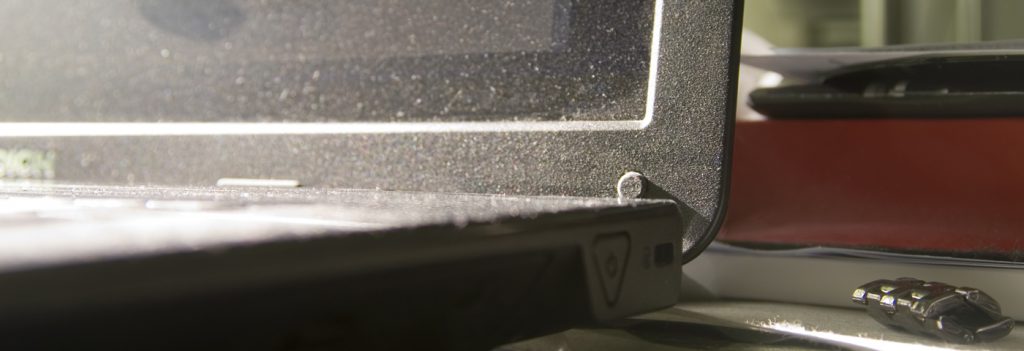For the life of me, I fail to understand why a travel and tourism site starts a blog or a social media channel if it can’t maintain it.
Mitigating circumstances for lapses, I understand – somebody leaving the job, financial cutbacks, change of management, new direction etc.
But then why not take down or hide the blog/platform from public view rather than remain as testament to a sloppy attitude?
The 2.6k followers of the Marlborough community Facebook page in Wiltshire – effectively the tourist board – haven’t heard a thing for 10 months, bar one random photo of a car.
Hammoon, a cycle shop in Shaftesbury, Dorset – the home of Gold Hill, which the Hovis bread boy cycled up, for heaven’s sake – hasn’t posted any new blogs for nearly two years despite promoting the page on home. Perhaps Sov left.
“80% of success is just showing up,” said comedian filmmaker Woody Allen. But some don’t even bother to post even occasionally.
I get that travel bloggers give up – some 95% were running out of ideas a decade ago, said the New York Times. And yes, it can get worse – 99% of blogs will fail this year, speculates one blog journalist site.
I don’t worry about the thinking blogger who can also write – they are thriving and adapting, and will schedule posts, or hire someone to do that for them.
But tourism and travel brands, particularly the small and medium-sized enterprises (SMEs), largely rely on blogs and social media to raise awareness, find new customers and keep their loyalty. Going AWOL won’t do that.
Indeed, marketer Neil Patel points out that 94% of SMEs do use content marketing – but that only 9% believe they are being effective.
It’s not rocket science to learn the reasons: boring copy, no strategy and not enough time spent planning and promoting that content. Not enough social media platforms used (or not the right ones for the demographic). And maybe not harnessing the right influencers to promote related content through new channels.
Get half of that right and SMEs are back on track. But giving up and abandoning the blog and social media is disastrous.
Industry software firm TrekkSoft says this on its blog: “Invest in (the blog), build it well and continue evolving it alongside your customers’ evolving desires and it will repay generously. On the other hand, fail to care, manage and maintain your brand and it will bring you zero returns, or actually incur losses.”
It’s the service providers like software firms, website builders and marketing consultancies who often have the best blogs – because they have services to sell, and need to impress.
So too Destination Marketing Organisations (DMOs) on a shoestring, who have learned to work on creativity with their residents. The result is often human, and with humour, particularly in the Nordic countries.
But it’s SMEs, those without time nor the staff to run social and blogs effectively, that are the most harassed. As Trekksoft says, you could actually damage your brand without investing time. And if you can’t do that, do a minimum one or two posts a month, promote them, scrap a social media channel or two.
Or do the humane thing and kill the dead blogs and platforms. The cobwebs do you no favours.
